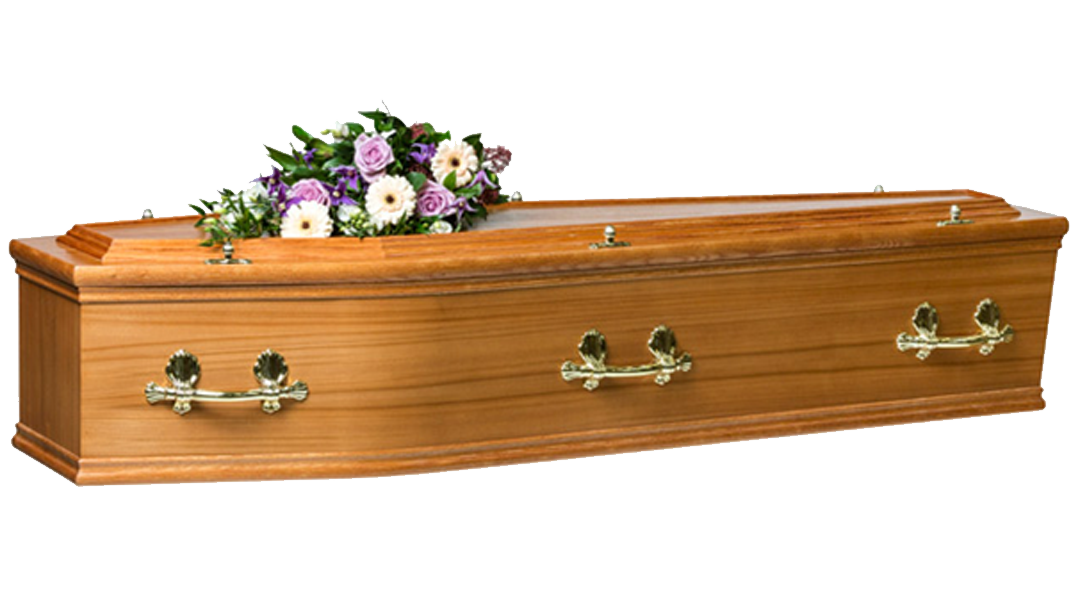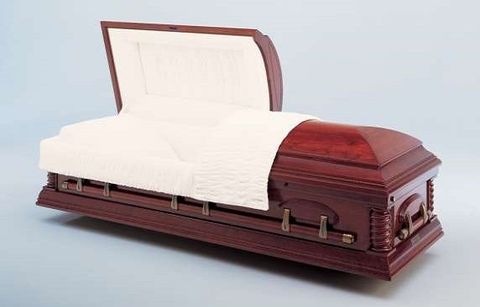
When choosing a Daisybox, you'll be commemorating the life of a departed loved one in the most customised and dignified way. You or your family and friends can Do It Yourself decorate or have a preferred image printed or painted all over a Daisybox, as a last visual and conversation starter for all to value a life well-lived. The last creative result is totally approximately you, with a growing worldwide network of artists, printers and funeral arrangers ready to accept your bespoke design requirements.
If an individualized service is not what you're searching for, then an unattended, low-priced direct-cremation, followed by a funeral or gathering is likewise commonly practiced with a Daisybox "Standard" coffin.
The fact there is now an option to a costly metal, timber or crafted wood coffin or casket, is a much-requested truth.
Our team is constructing a worldwide network of funeral arrangers who're delighted to offer a low-priced Daisybox as part of a customized funeral service. There is no time like today to guarantee that client households have a wide choice of options than the traditional methods. Funeral arrangers who embrace Daisybox ® are both ingenious and observant to the altering nature of client households.
Honouring the dead has actually been important throughout history. But how did our forefathers bury their loved ones, what has changed and what has remained the exact same? Find out in our short history of coffins.
Stone Age burials
Neanderthals residing in Eurasia 600,000 years ago buried their dead in shallow graves with a couple of personal keepsakes such as tools. These burials were very easy and usually acted as a way to hinder scavengers. Recent discoveries reveal later Neanderthals carried out ancient burial rites. A 50,000-year-old skeleton discovered in a cave in France has actually lead researchers to believe that people would ceremoniously bury their dead even as far back as the Stone Age. Some Neanderthals embellished themselves with homemade jewellery including different pigments, feathers and shells.
Ancient Egyptians
The Egyptians were specialists at mummifying everything, from people to crocodiles. They held a strong belief that death was simply a challenge to the afterlife and they maintained the body so the spirit of "Ka" might guide them to paradise. Apart from the heart, which was required for the Hall of Judgement, all organs were secured and the body was embalmed and wrapped in linen. Just like today, there were a variety of 'mummification bundles' so that everybody from the very rich to the underprivileged could mummify their enjoyed ones and ensure they had a safe journey to the afterlife.

Middle ages coffin making
We'll never understand how popular wood caskets were throughout Medieval times due to the easy fact that most of them have actually disintegrated. Coffins made from lead and stone were reserved for the really wealthy or extremely crucial. The shape of these varied extremely from today's coffins; they were a rectangular-shaped alcove carved into stone, with a rounded circle at the top for the head - the best shape for a person. An example of this can be found in the Greyfriars graveyard in Leicester, where Richard III was discovered. The lead coffin enclosed by a bigger stone coffin included the body of an old woman, who was stated to be an important benefactor of Greyfriars in between the 1200s and 1400s.
American Civil War
Although the French were Additional hints the very first to coin the term 'coffin', taken from the Greek term for 'basket,' it wasn't until the American Civil War started in 1861 that caskets were widely used. Utilizing them to carry dead soldiers securely and securely, Americans started to standardize the casket we know today. American Civil War coffins were commonly produced from old wood furnishings as they were required. The original coffins soon simplified into 'caskets' - the distinction being that caskets have 6 sides and coffins have 4 sides.
Victorian coffins
The first coffin factory museum opened recently in Birmingham. Formerly one of Britain's most well-known casket makers, the Newman Brothers Casket Furnishings Factory catered for the Victorians' 'obsession' with death. In the Victorian era, funerals were a huge event and people would spend a lot of cash on the occasion - consisting of trimmings such as brass handles, burial shrouds, breastplates and grave accessories. Burial vaults were especially popular and the caskets predestined for the vaults consisted of three layers - one of which was lead. It wasn't uncommon for these caskets to weigh as much as a quarter of a tonne.
Caskets today
Modern funerals are seen as a chance to commemorate life and an opportunity to give the person a send-off that suits their style and character. Today, over 75% of people are cremated, but even in a cremation, the coffin is an essential method to show and keep in mind the character of the deceased. Whether it's a smart gloss-black coffin or a coffin influenced by the individual's preferred football club-- there is a substantial range of alternatives readily available to households. There is likewise an increasing variety of individuals selecting environment-friendly caskets and even 'natural burial pods' where your enjoyed one's remains will support the growth of a tree.